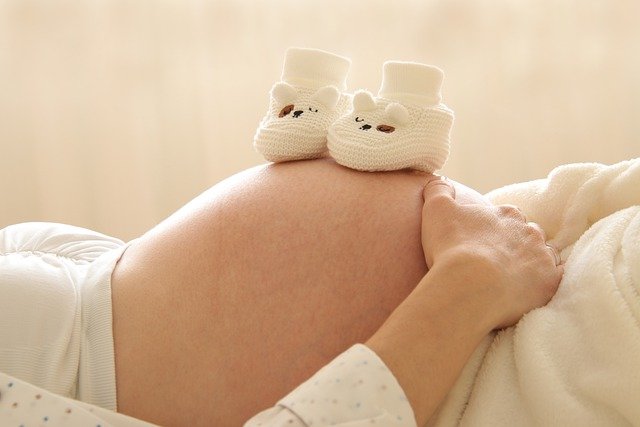IVF is one of the most common assisted reproduction technology used as fertility treatment. In the IVF procedure, an egg is retrieved from the mother’s or donor’s ovaries. Then in a specialized laboratory setup, obtained egg need to fertilize with sperm collected from a male partner or donor. After 3 to 5 days, the created embryo is transferred into the mother’s womb. Every year, IVF centers reported their success rate to the country-specific health and reproductive authority. The data is important for the decision-making of intended parents to analyze the success rate.
The IVF success rate is calculated by comparing the number of procedures conducted or embryo transfers with the number of live birth per year. Patients who want to opt for IVF treatment are more interested to know the live birth rate so that they also get the motivation to perform IVF cycle and take home their baby after completion of the IVF cycle.
The IVF success rate depends upon several factors. These factors may be controlled over some time and some need improved healthy lifestyle changes to correct the factors. Some of the individualized factors can help to predict individual chances to achieve the success rate.
- Age
- Wight and height
- Number of full terms births history
- Number of pregnancies (including loss of pregnancy)
- Requirement of donor eggs
- The underlying cause of infertility
Depending upon these factors, the IVF success rate varies. Doctors can better decide the success rate of IVF individual cases. Some tools like SART, Univfy are used to calculate the success rate depending upon the personalized data. However, the cause of infertility and the plan of using donor or own eggs are also required for tentative calculation of the success rate of IVF through these tools.
Age factor
The age of the intended mother is a considerable factor even after no other health-related factors interfere with the IVF success rate. The success rate of live births for egg retrieval is as follows:
- The success rate of IVF for women under 35 years of age is 54.5% / per egg retrieval.
- The success rate of IVF for women between 35 to 37 years is 41.1% per egg retrieval.
- The success rate of IVF for women between 38 to 40 years is 26.7% per egg retrieval.
- The success rate of IVF for women between 41 to 42 years is 13.8% per egg retrieval.
- The success rate of IVF for women with 43 or above is 4.2% per egg retrieval.
Fresh vs Frozen
The IVF success rate is also varies depending upon the using either freshly retrieved eggs/embryos during the cycle or after a frozen embryo transfer cycle. It has estimated that using fresh embryo in IVF cycle gives 55.3%, whereas frozen embryo offers 46.5% success rate.
Single vs multiple cycles
Experts always suggest not stopping after one IVF cycle failure. The IVF success rate increases with multiple tries. Researchers reported that the IVF cycle success rate was 29.5% after the first cycle of IVF. But the success rate is 65.3% after attempting six consecutive IVF cycles. Here it is necessary to mention that experts suggest the success of IVF is significant increases after three or four or more IVF cycles.
But multiple IVF cycles conduction is difficult because of expenditure and emotional stress build-up impact lifestyle of the intended parents. Only couples are willing to attempt more than two or three cycles.




